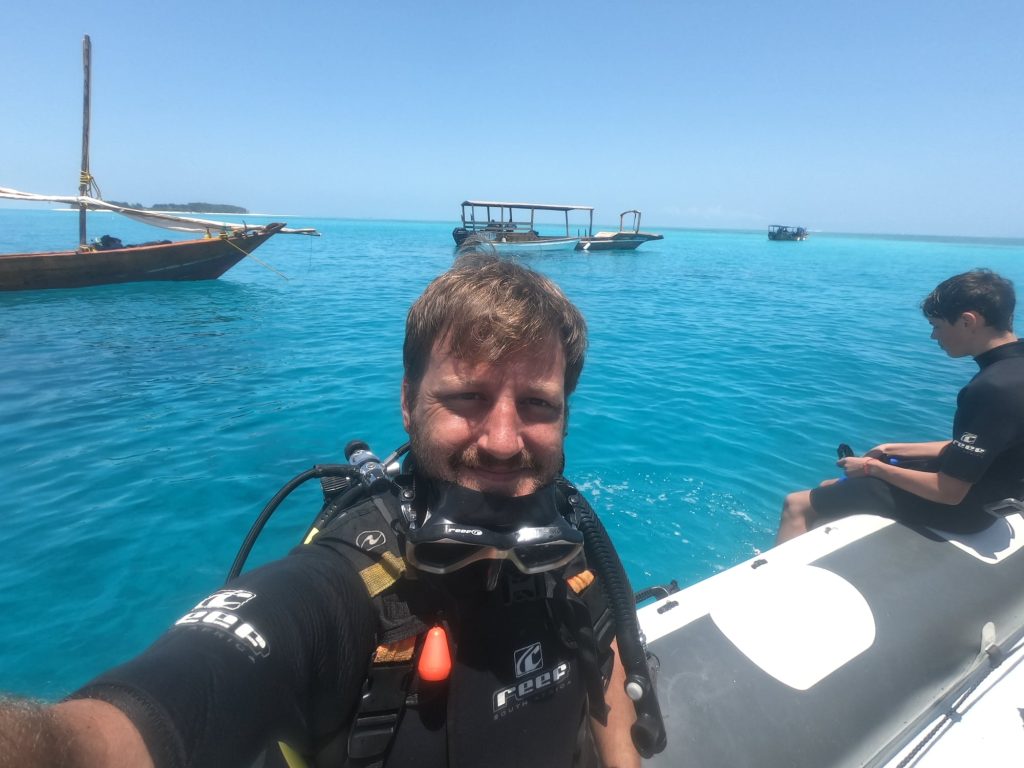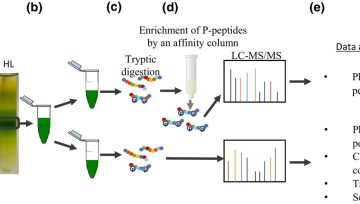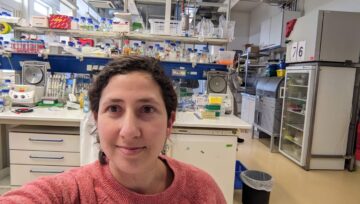SPOTLIGHT ON RESEARCH
PAPER OF THE MONTH FEB 2024
The Committee for Graduate Studies in the Faculty of Biology selects the leading scientific article each month from all the scientific articles published for that month.
We are pleased to announce that the winner of February 2024 article is Guy Levin from Prof. Gadi Schuster’s lab. The article was published in New Phytologist.
On the occasion of the win, we asked Guy Levin to provide us with some interesting details about the study, the path that led to the research, and a bit about him.
Hi, could you introduce yourself in a few words?
Hi, I’m Guy, 34, Married to Nofar and the father of a beautiful baby-girl, Ella.
Could you explain what Prof. Schuster’s Laboratory is all about?
Our lab does research in various fields. Starting from studying nucleases (RNAse J), through photosynthesis in extreme conditions and up to producing electricity via photosynthesis.
Could you tell us about your current article/research what was the main purpose of the research and what did you discover?
My research focuses on the question of how Chlorella ohadii, a green microalga, can thrive in the desert under light intensities that are fatal to most organisms. This work is a continuation of my previous manuscript, in which we found that a main photosynthetic complex, photosystem I, undergoes phosphorylation. Phosphorylation of photosynthetic proteins has many roles, however, the role of Photosystem I phosphorylation is unknown, as well as the identity of the specific subunits that are phosphorylated. In this manuscript, we successfully mapped all of the phosphorylation sites of photosystem I, in unprecedented detail. Additionally, we analyzed the effects of light intensity on the identity of the phosphorylated proteins, to detect phosphorylation sites which are important for acclimation to high-light growing conditions. Moreover, we used molecular dynamics to analyze the possible roles of some of these phosphorylation sites and we demonstrated why they may be important for the stability and function of the photosynthetic proteins.
Can you elaborate on the importance of the discovery? How will it serve you and what directions does it take? What is the application of the discovery (domains, solutions)?
This work is another important piece in the puzzle we are putting together during my PhD research. The ultimate goal of my research is to understand the molecular mechanisms that enable Chlorella ohadii to thrive under extremely high light intensities. Then, I aim to use this knowledge and introduce the light-tolerant phenotype to important crops like rice, via genetic tools. Doing so will enable us to expand the niche of the crops and enhance their growth and yield.
Name 3 prominent tools that you received in the laboratory during your work and studies.
- Time management
- I have learned to keep an open mind and be ready for changes. This is important because in science things often don’t go our way.
- Never give up. And this is probably the best advice I can give to young students.
When you are not “doing” science, what do you do?
My baby was just born a month ago, so I spend most of my time with my family. In addition, I’m a massive Liverpool fan and also love to scuba-dive and travel across our beautiful country.
what are your plans for the future of your career?
Soon I will be completing my Ph.D. research and will start postdoc research in the US. Hopefully, after that, I can open my lab here in the faculty.
➡ A link to the full article:https://doi.org/10.1111/nph.19603
➡ A link to the Prof. Schuster’s lab site: https://schuster.net.technion.ac.il
➡ To Prof. Gadi Schuster’s page: https://biology.technion.ac.il/member/%d7%a9%d7%95%d7%a1%d7%98%d7%a8











